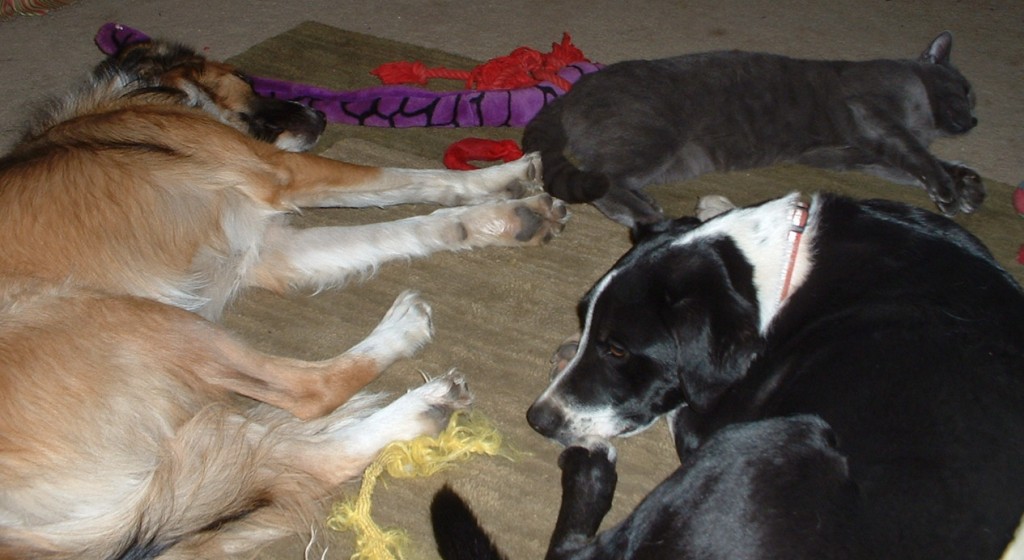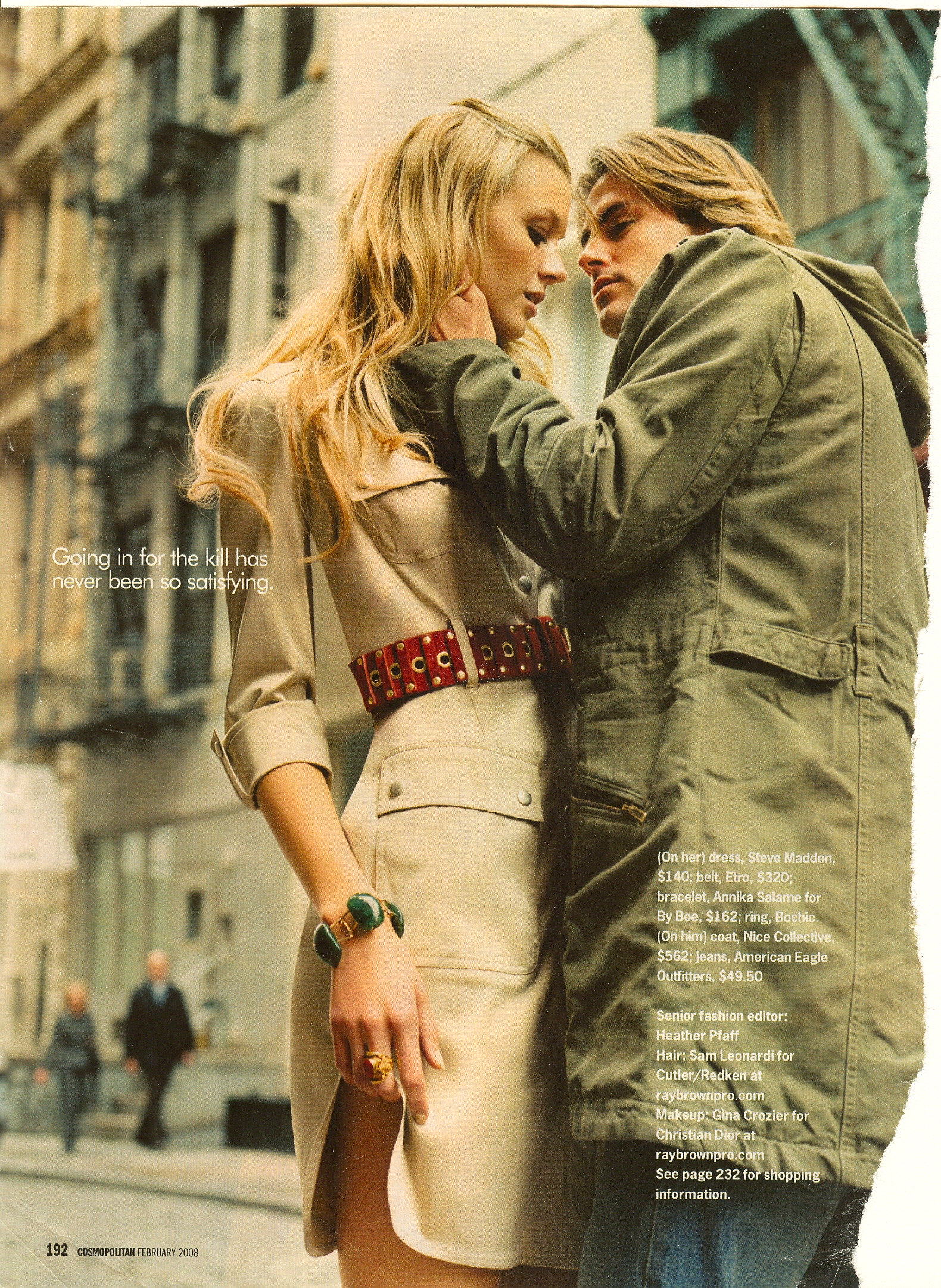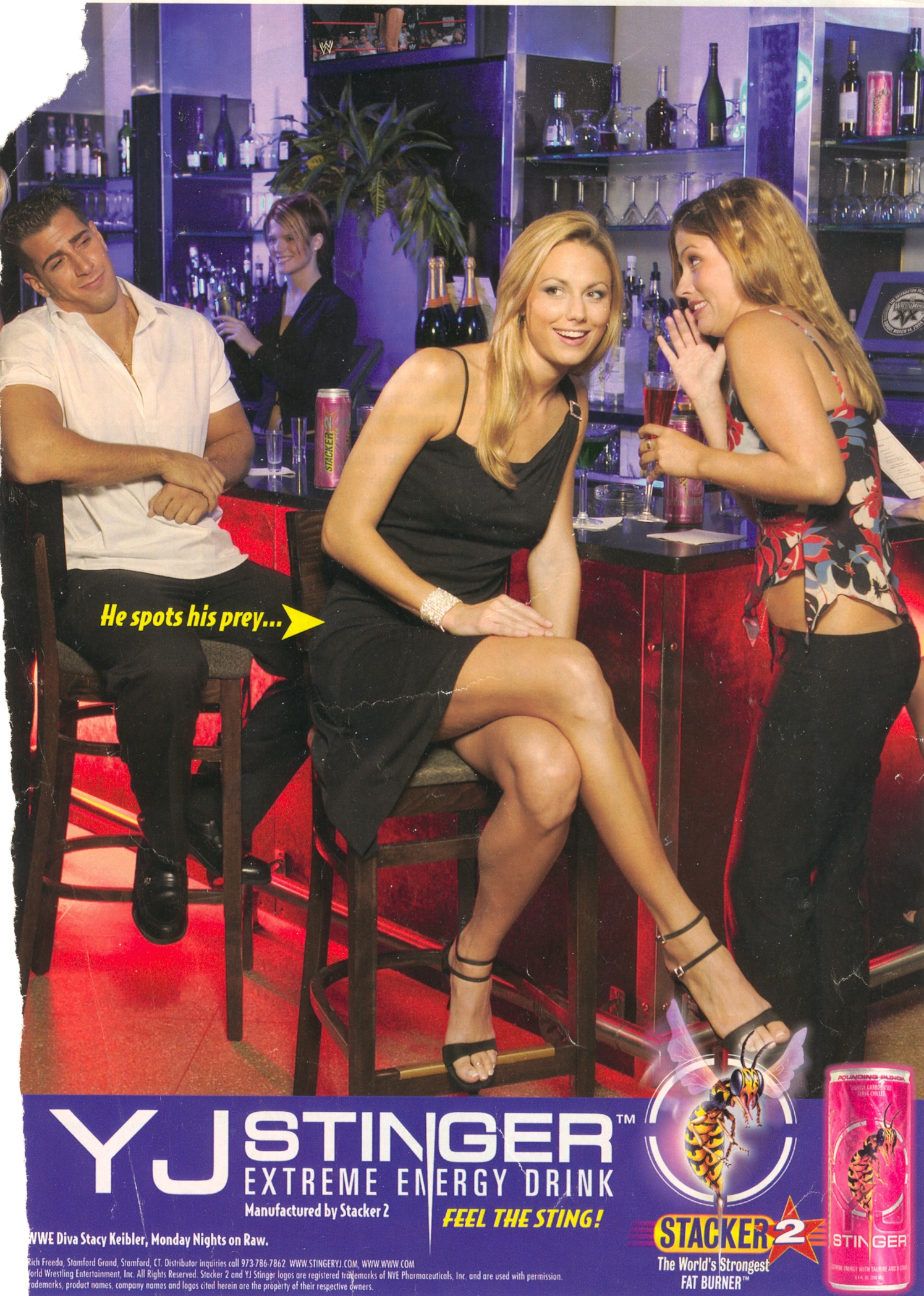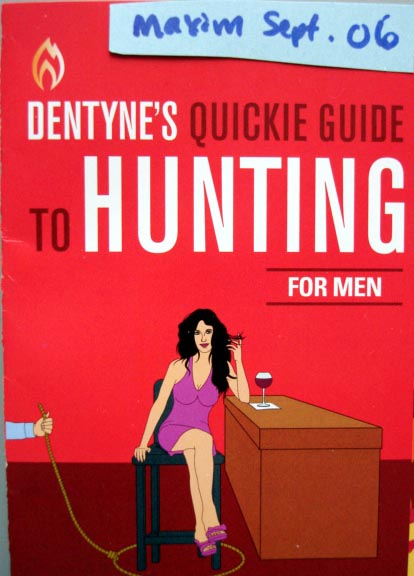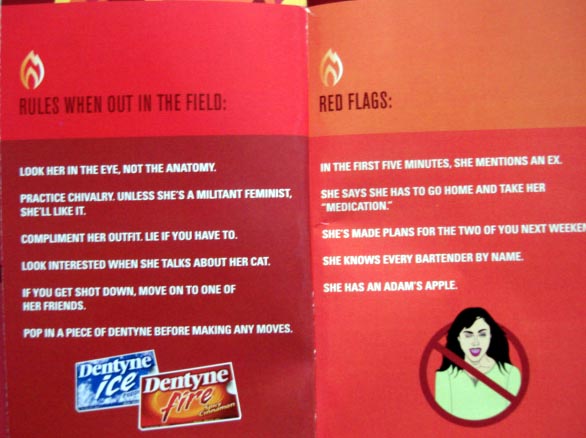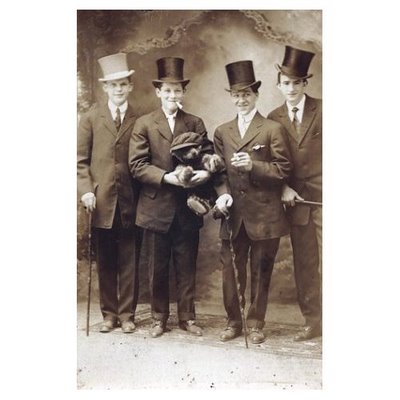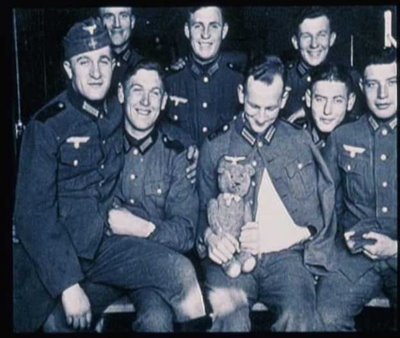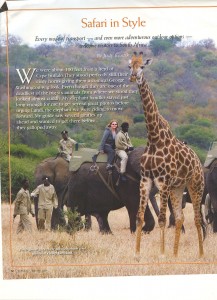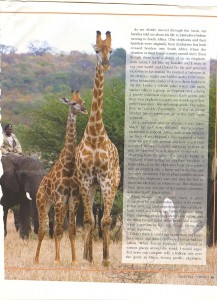In a comment to Lisa’s post on being a dog or cat person, a. brown pointed out Alpo’s new Get that Dog Some Alpo campaign, in which dogs who enjoy stereotypically high-maintenance feminine activities (pedicures, massages, fancy food, expensive accessories) need to be turned back into “real,” authentic dogs by eating meat, in the form of Alpo. I’ll leave comments about whether or not Alpo has what can realistically be defined as meat in it to others. Here are some screenshots from the site. Notice the language is always “he” or “his” if a gender is specified:

Here are two questions from a quiz you can take to find out if your dog is a Fido or a Fifi:

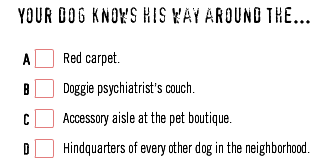
I’ll just say, for the record, there’s no way that a vegan doggie spa just let someone in to feed Alpo to customers’ dogs without their permission. Absolutely and entirely no way. Their customers would freak out. Also, they would have a horrid, horrid mess to clean up about a half hour later.
What I find interesting here is the association between masculinity and authenticity, while femininity is associated with the upper class, superficiality, and high-maintenance luxury. So “real” dogs like sports and sex (and meat), while dogs who are pampered are somehow less authentic dogs (and presumably don’t care about sex or sports).
And I don’t know where my dogs fit in! They aren’t super-pampered, so at first I thought they’re “real dogs,” but then I realized they’re both neutered, so they don’t care about sex. Are they Fifis or Fidos? [Note: I went through and randomly selected answers in the quiz without even reading the questions and the response was that my dogs are “Vegas” dogs; given that’s where we live, I guess it’ll do.]
Anyway, you might use this to talk about the associations between a certain working-class masculinity and authenticity, in opposition to the way femininity is often connected to artifice and fakeness.
Thanks for the tip, a. brown!
Gwen Sharp is an associate professor of sociology at Nevada State College. You can follow her on Twitter at @gwensharpnv.

